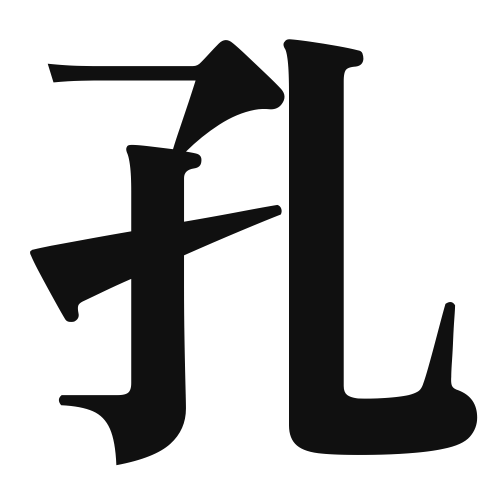1. Overview of Meaning
The kanji “孔” (kō) primarily means “hole” or “opening.” It can refer to physical holes, such as those in objects, or metaphorical openings, like opportunities.
2. Formation and Radical
The kanji “孔” is a pictogram, originally depicting a hole or opening. It is composed of the radical 穴 (ana), which also means “hole.” The character conveys the idea of an opening or cavity.
3. Examples of Usage
Common words that include “孔” are:
- 孔子 (Kōshi) – Confucius
- 孔雀 (kujaku) – peacock
Example sentence in daily conversation:
「この壁に小さな孔があります。」
(There is a small hole in this wall.)
4. Synonyms and Antonyms
Similar kanji with related meanings include:
- 穴 (ana) – hole, which is more general and can refer to any kind of hole.
Antonyms include:
- 塞 (sai) – to block or seal, which conveys the opposite meaning of an opening.
5. Cultural and Historical Background
The kanji “孔” has significant ties to Japanese culture, particularly in relation to Confucianism, as seen in the name of Confucius (孔子). Additionally, it appears in various proverbs and idiomatic expressions, reflecting the importance of openings and opportunities in life.
